For the wildlife conservationist, providing food for wildlife is one of the keys for hunting success. But many outdoorsman don’t do much more than putting out corn or other wildlife attractants and with the rise of CWD in our deer herd, it may be time to reconsider the use of automatic corn feeders. Wildlife food plots are vert beneficial to wildlife of all types and are commonly used in Arkansas to attract deer, wild turkeys, bobwhites, doves, cottontails, waterfowl, and songbirds to a particular location for hunting or viewing purposes. Wildlife food plots are comprised of annual or perennial, native or non-native plants that are sown to provide palatable and nutritious food and cover for wildlife. Cultivated food plots are introduced plantings that typically have been imported from another country for their agricultural value. Native food plots are naturally occurring plants that provide value for wildlife.
Food plots oftentimes provide a temporary food source but rarely sustain a wildlife population. Sustaining a wildlife population requires a significant investment in food plot materials that often is unnecessary, given the native plants available to wildlife in Arkansas.
So, why are food plots valuable? Food plots implemented as part of a wildlife management plan may fill a nutritional gap even in good habitat. For example, a food plot may help improve antler growth for deer by providing a year-round, sustainable food source in concert with native plants, especially when combined with a harvest strategy that balances the herd with food supply. Bobwhites and wild turkeys may lack adequate nesting and escape cover that can be provided with the right plantings, such as native warm-season grasses. Using minimal insecticides will encourage high insect populations for young chicks to feed and grow. Migratory waterfowl are hungry for seeds and invertebrates present in flooded, decomposing rice stubble along the Mississippi flyway.
Getting Started
Wellons Land & Timber staff get asked asked a common question from hunters, farmers, and landowners: what should I plant? Before answering that question, it is best to assess what is already present on your land. You could be destroying perfectly good native wildlife habitat and replacing it with something that offers less nutritional value, little cover or is less productive, not to mention the additional expense of maintaining a cultivated food plot.
We recommend checking your habitat first before taking action. Conduct an assessment of the current habitat and how well it matches the habitat requirements of the wildlife species you are interested in managing. The Arkansas Game and Fish Commission has information, publications and private lands biologists who can assist with developing species-specific management plans (1-800-364-4263, www.agfc.com).
Another common question is when are food plots most beneficial to wildlife? Typically, the critical nutrient time for many nonmigratory wildlife species is late summer and late winter/early spring. White-tailed deer eat the most in late summer/early fall and are nutritionally stressed by late spring. In late summer, bucks are growing antlers and laying down fat in preparation for the rut. Does are lactating (i.e., producing milk) or weaning their fawns, and their fawns are shifting from a milk diet to solid foods. Does are trying to nurse fawns in late summer when it is difficult to digest foods. The doe needs a good food source in September and October to rebuild her body.
For many wildlife species, late winter/early spring is a critical time after the winter fat reserves are depleted and food resources are scarce, just before the spring greening. For deer, extra energy is required for lactating does, giving birth to young and for bucks growing new antlers. Some wildlife professionals may encourage food plots in the winter; however, a Texas study indicated deer reduce their intake in winter even if feed is readily available. Although deep snow can be a problem in northern states, deer die-offs due to winter conditions are rare in Arkansas. Probably the main benefit of fall food plots for deer is to lure deer in the open for an adequate deer harvest.
Whether you’re considering a spring/summer food plot or a fall/winter food plot for wildlife, Wellons Land & Timber Co. can help. Call us today at 501.482.LAND or email info@WellonsLand.com.


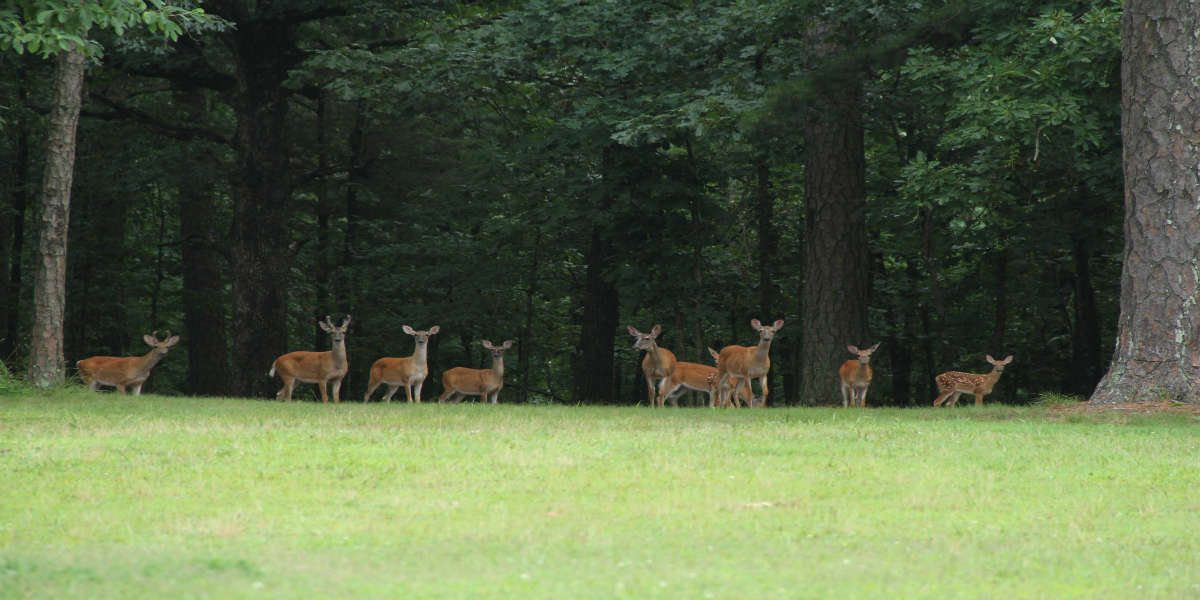


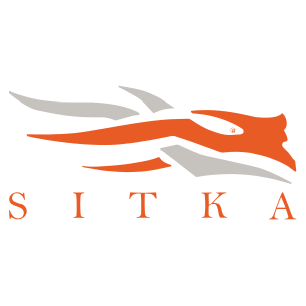
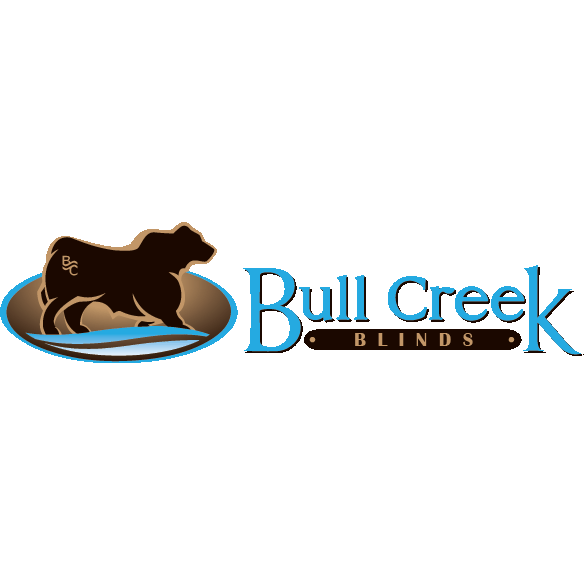





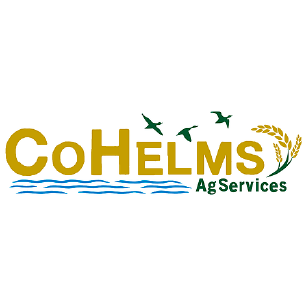


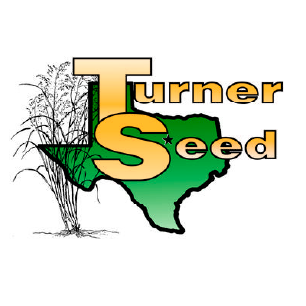
I live in Sevier county arkansas. And am interested in what the deer here will focus on as a food source other than acrons. The larger part of the county is Weyerhaeuser timber leases. What plants, twigs, and grasses will they focus on during the hunting seasons. Please any and all information on this will be greatly appreciated. Thank you
I live in Sevier county arkansas. And am interested in what the deer here will focus on as a food source other than acrons. The larger part of the county is Weyerhaeuser timber leases. What plants, twigs, and grasses will they focus on during the hunting seasons. Please any and all information on this will be greatly appreciated. Thank you